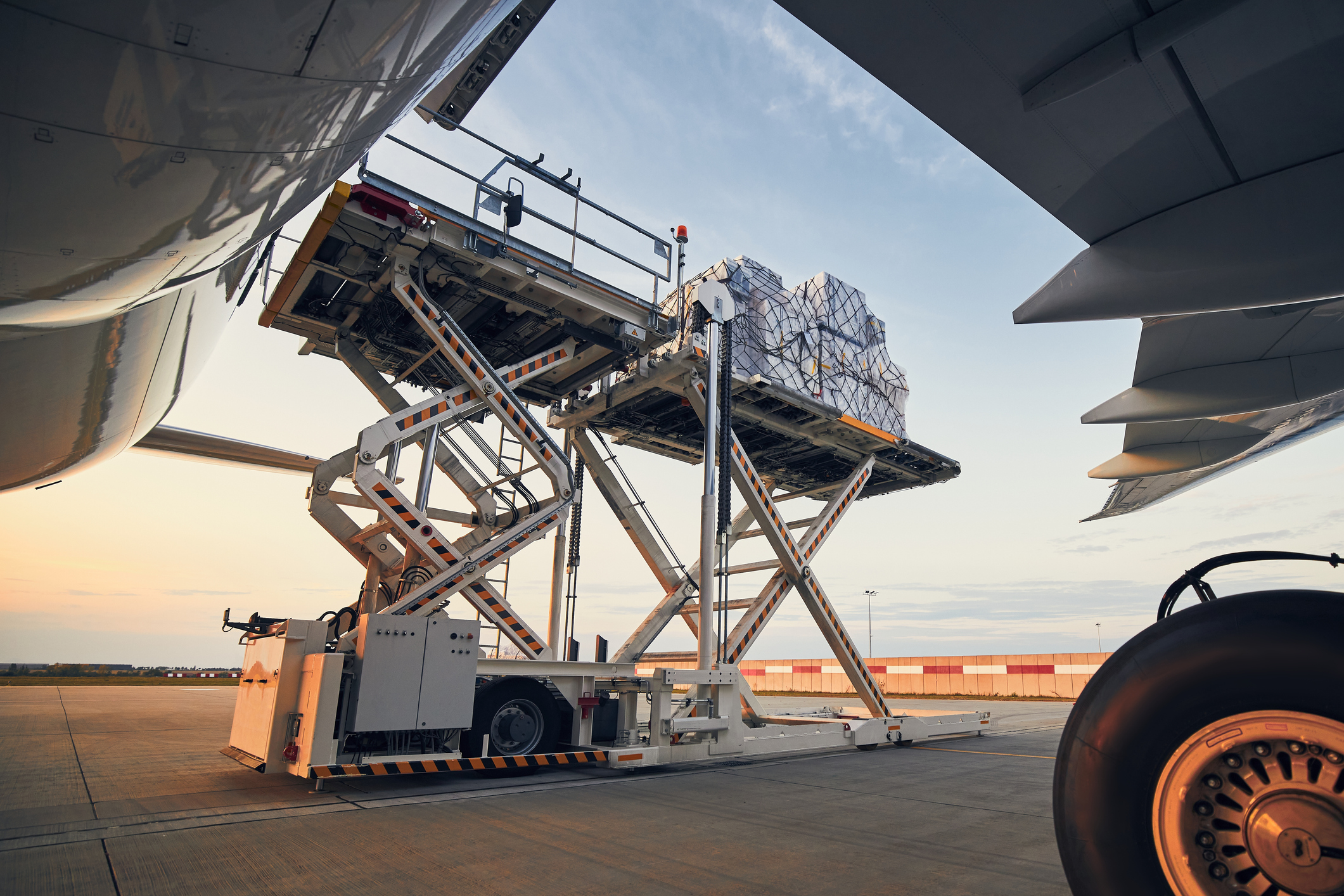The rapid advancements in technology have revolutionized several industries, and transportation is one of them. One remarkable innovation in recent times is the introduction of autonomous vehicles. As the name suggests, these vehicles are capable of navigating without human input, using a variety of advanced control systems and sensors. Although they are still in the testing phase in many parts of the world, the prospect of their application in last-mile deliveries is an intriguing one. This article explores the potential role and impact of autonomous vehicles in last-mile deliveries.
Assessing the Potential of Autonomous Vehicles in Last-Mile Deliveries
The last-mile delivery is a critical phase in the logistics cycle. It refers to the final step of the delivery process when a package reaches the customer’s doorstep from a transportation hub. Given the intricate and time-sensitive nature of this process, the application of autonomous vehicles could offer significant benefits.
Firstly, autonomous vehicles could potentially enhance efficiency in last-mile deliveries. The ability of these vehicles to operate without breaks could mean faster delivery times. Furthermore, self-driving technology could eliminate the need for human resources in this process, potentially reducing costs. Secondly, their application could improve safety standards. Autonomous vehicles are designed to strictly adhere to traffic rules and can reduce the chances of delivery-related accidents, a common concern in last-mile logistics.
Finally, the use of autonomous vehicles in last-mile delivery could lead to improved customer satisfaction. Faster and more reliable deliveries could enhance the customer experience. Additionally, as autonomous vehicles do not require drivers, this could also potentially lead to a reduction in delivery costs, benefiting customers.
Evaluating the Impact of Self-Driving Technology on Final-Mile Logistics
Incorporating self-driving technology in final-mile logistics comes with several potential impacts. On the operational side, it could lead to a decrease in labor costs as the need for delivery personnel could be significantly reduced. This, however, could also lead to job losses, presenting a socio-economic challenge.
On a positive note, autonomous vehicles could significantly reduce the environmental footprint of last-mile deliveries. These vehicles are typically powered by electric batteries, which produce fewer carbon emissions than traditional fuel-powered vehicles. This could align last-mile logistics more closely with global efforts to combat climate change.
Lastly, self-driving technology could also transform the business models of companies involved in last-mile deliveries. As these vehicles become mainstream, businesses could potentially offer 24/7 delivery services. This could significantly enhance their value proposition and competitiveness, and could even dictate the future trends of last-mile logistics.
In conclusion, the introduction of autonomous vehicles in last-mile deliveries presents both opportunities and challenges. Their potential to enhance efficiency, safety, and customer satisfaction is undeniable. On the flip side, they could also potentially lead to job losses and require significant investment. Furthermore, their impact extends beyond operational aspects to environmental considerations and future business models. As self-driving technology continues to evolve, so will its role and impact in last-mile deliveries. However, it is clear that its integration within the logistics industry holds promising potential for revolutionizing last-mile deliveries.




